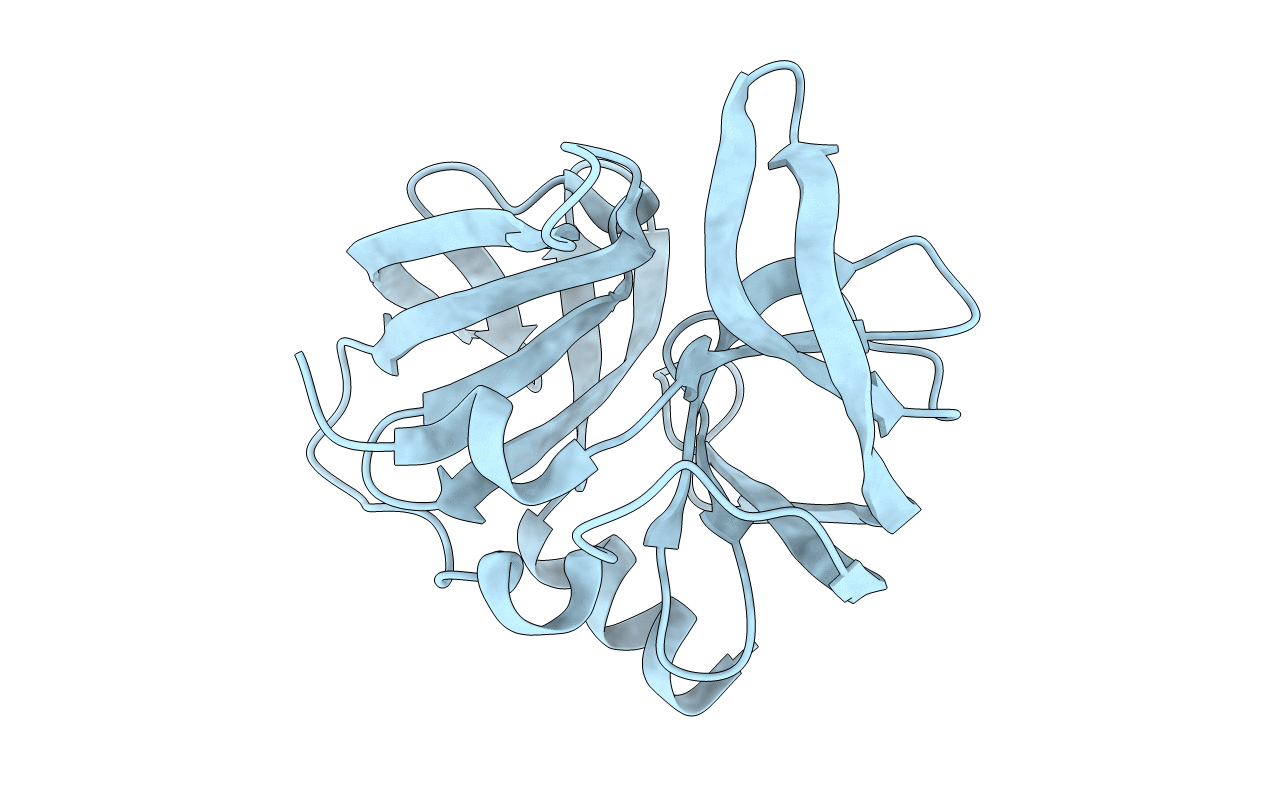
Deposition Date
2011-06-21
Release Date
2011-08-10
Last Version Date
2023-09-13
Entry Detail
PDB ID:
3SJ8
Keywords:
Title:
Crystal structure of the 3C protease from coxsackievirus A16
Biological Source:
Source Organism:
Human coxsackievirus A16 (Taxon ID: 31704)
Host Organism:
Method Details:
Experimental Method:
Resolution:
2.20 Å
R-Value Free:
0.22
R-Value Work:
0.19
R-Value Observed:
0.19
Space Group:
P 43


